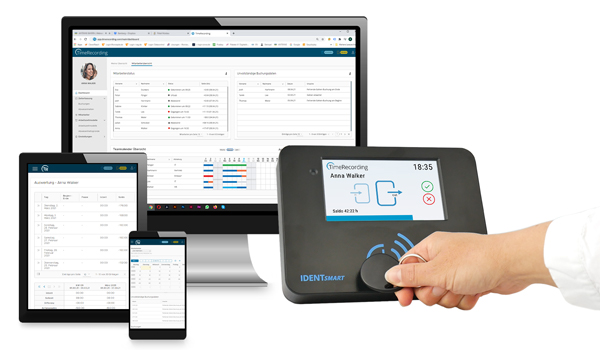Choosing The Right Pallet Racking For Your Business
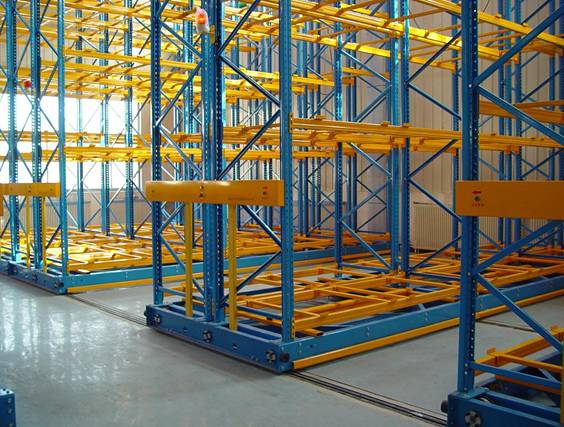
Creating the most economical storage space possible for your specialised stock is an issue any business owner will have to contend with in the early days of trading.
There are a wide variety of different warehouse storage solutions available that are specially designed to accommodate different shapes, sizes and quantities of stock, so you are going to need to do your homework to find the right racking for you.
Thankfully we have done the legwork for you, so here are the most common and effective types of racking, so hopefully you will be able to work out the right one for your stock.
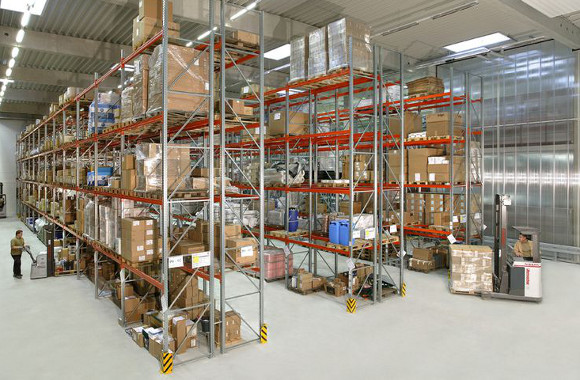
Shelving
Warehouse standard shelving units are not quite the same as the things you knock up at home to hold up your collection of Harry Potter books, but are on the smaller scale in comparison to other racking solutions.
Shelving units tend to be those you see at the business end of your trek around IKEA, they are interchangeable and extendable, but essentially are created to hold smaller products with flat pack furniture being the obvious example.
So if your business deals mostly in smaller stock items such as hotel toiletries or children’s toys, whilst also not dealing in too big quantities or truck filling orders, shelving might be the storage option for you.
Pallet Racking
There are two types of pallet racking, which suit different businesses and warehouses depending on how they operate. Pallet racking is designed to hold one of logistics most commonly used transport structures, the pallet. Pallets allow for easy loading and unloading of large amounts of products from any large vehicle or storage facility.
Conventional Pallet Racking
The conventional approach to pallet racking is the one many people will recognise or associate with warehousing. Multi-storey shelving units which hold pallets of stock and are accessed by the forklift from the long side of the shelving.
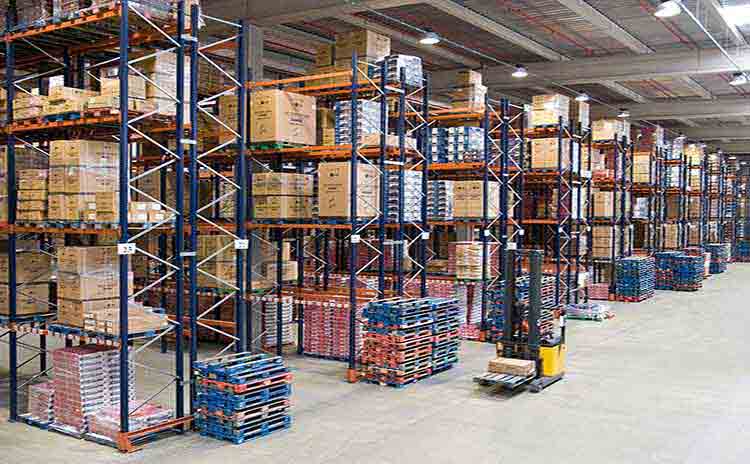
They can reach any sort of heights depending on restrictions, and are usually pallets deep so that everything can be accessed from either side of the rack.
Drive-in Pallet Racking
These racks are subtly different. Firstly, they only tend to be one deep, but can of course be multi-storey. The idea is that you can load up a forklift with a pallet, drive it in via one of the narrow ends and then add one pallet at a time to any level of the racking.
This is helpful for the simple reason that it can help you order products in the racking for when it needs to be removed and moved on, so it works almost as a pallet timeline.
Speaking to warehouse experts Acorn Warehouse Solutions Ltd, they explained how: “Drive-in pallet racking also massively helps maximise space.
“We have seen warehouses double their racking capacity with it. Because it removes the need for space between each rack, they can instead be pushed together and stock can be accessed from the spine of the rack.”
Mobile racking
Mobile racking is essentially an evolved version of either pallet or shelving racking which maximises space. Say you have a warehouse which has tenconventional pallet racks fitted, with a gap between each to allow staff and a forklift to safely navigate it. Mobile racking essentially puts all of these racks on runners, meaning the gaps can be entirely closed.
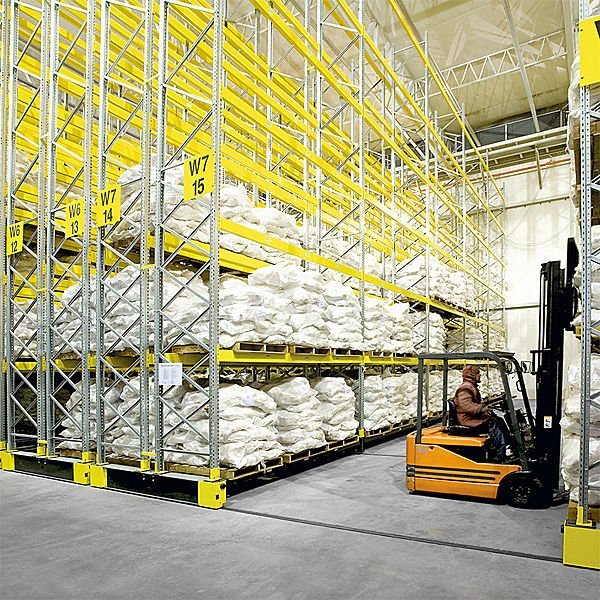
With the aid of a hand wheel on the end of each rack or sometimes an electric switch, you can move the racking further down the runners to open up the warranted amount of space for a forklift to operate. This could save you huge amounts of space.
Whether you store an endless supply of washing machines or boxes pf playing cards, there should be a racking solution that fits the amount of stock you look after in this list.

